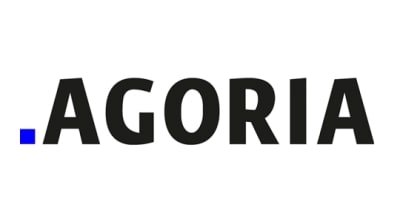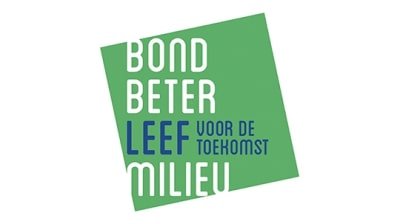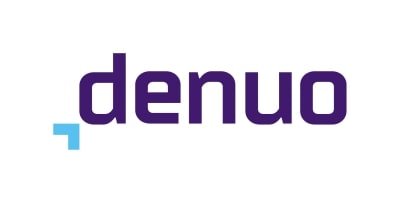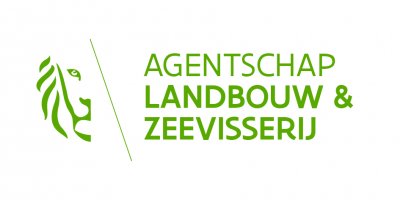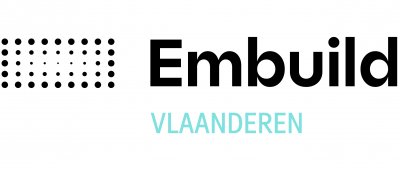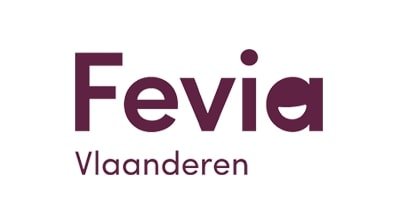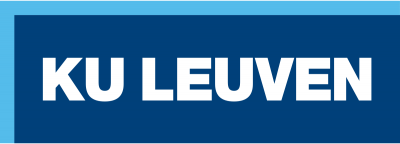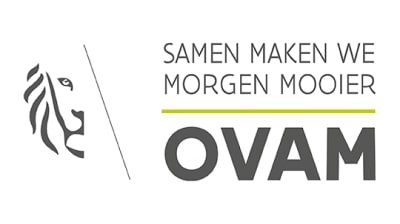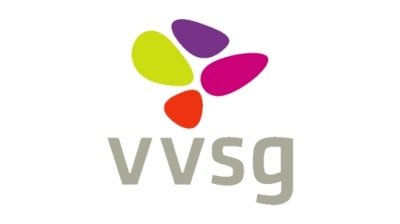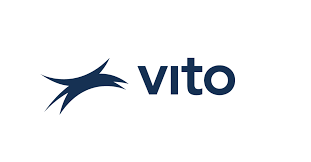Topics
We organise our actions in six thematic & strategic agendas:
Strategic Agendas:
Bio-economy
Circular Construction
Chemicals/Plastics
Manufacturing Industry
Food Chain
Water Cycles
Seven leverages provide additional support:
Leverage effects:
Lever Policy Instruments
Lever Circular Procurement
Lever Communication
Lever Innovation & Entrepreneurship
Lever Financing
Lever Jobs & Skills
Lever Research
What, why and how?
Why are we pursuing a circular economy?
Future visions 2050
How do we see our circular future?
About our management
Who steers what at Flanders Circular?
Circular Impact Investing
First aid for financing circular projects
More and more companies are resolutely choosing the path of circular economy, and one of the levers for this is financing. However, finding suitable funding for circular initiatives remains a major hurdle. On the one hand, investors often do not know how to correctly assess the potential of circular projects. On the other hand, credit files of enterprises are often poorly substantiated, which leads to reticence on the part of credit institutions.
In order to remove these barriers and to increase the effectiveness of circular investments, VITO (Flemish Institute for Technological Research) wants to strengthen the evaluation of circularity in investment cases through this project.
Concretely, we have developed an evaluation process that is adapted to the needs of evaluators and applicants suitable for the broad investor community: credit institutions, funds, subsidy providers, leasing companies, impact investors, etc.
Finally, we developed a visual web tool that maps the circularity performance of investment files in an objective, yet accessible way. Also the typical financing opportunities and risks related to circular cases are shown.
The visual presentation of the results clearly shows the extent to which dossiers address the various dimensions of circularity and allows dossiers to be compared with one another.
Finally, the tool is also aligned with the categorisation system developed by the Expert Group on Circular Economy Financing of the European Commission.
VITO
Partners Stichting voor Toekomstige Generaties, Econocom Lease
Sectors
Themes
Organisations
Website
MOST IMPORTANT
RESULTS
- We conducted a survey with a broad group of stakeholders in the financial sector about the information needs and mapped all existing evaluation systems for circularity.
- From the workshops with partners and discussions with the user group it became clear that there was first of all a need for a low-threshold, exploratory checklist with sufficient context that would then refer to the most relevant existing evaluation tools.
- The checklist was expanded into a web tool: the CE Evaluator. This objectively charts the circularity performance of investment dossiers and takes into account broader sustainability aspects and the risks and opportunities that characterise circular dossiers.
- The final tool was launched through a broad communication campaign and is available in Dutch, French and English. Moreover, the tool is aligned with the categorisation system of the Expert Group on Circular Economy Financing of the European Commission.
MOST IMPORTANT
LESSONS LEARNED
- Credit evaluations often lack a well-founded sustainability assessment. Although sustainability managers are well informed about circular principles, this knowledge does not flow through to evaluators often enough.
- 'Unknown is unloved' often also applies to the financing of circular cases. Traditional financiers have the tendency to regard these immediately as very risky and to focus too much on residual value. The right incentives from the financial sector are indispensable.
- Credit evaluation is an extensive and complex process. There is a need for low-threshold and intuitive tools that increase confidence in circularity. The willingness to implement those tools depends on how standardised and widely supported they become within the sector.
- The visual web tool increases the usability considerably compared to an Excel tool. Because of the link with the categorisation system of the European Commission, the tool has great potential to become the standard within Flanders and even to scale up to a European level.
WHAT DOES
THE FUTURE HOLD?
The hosting of the CEvaluator web tool was taken over by Flanders Circular and is embedded in their work on Leverage Funding.

